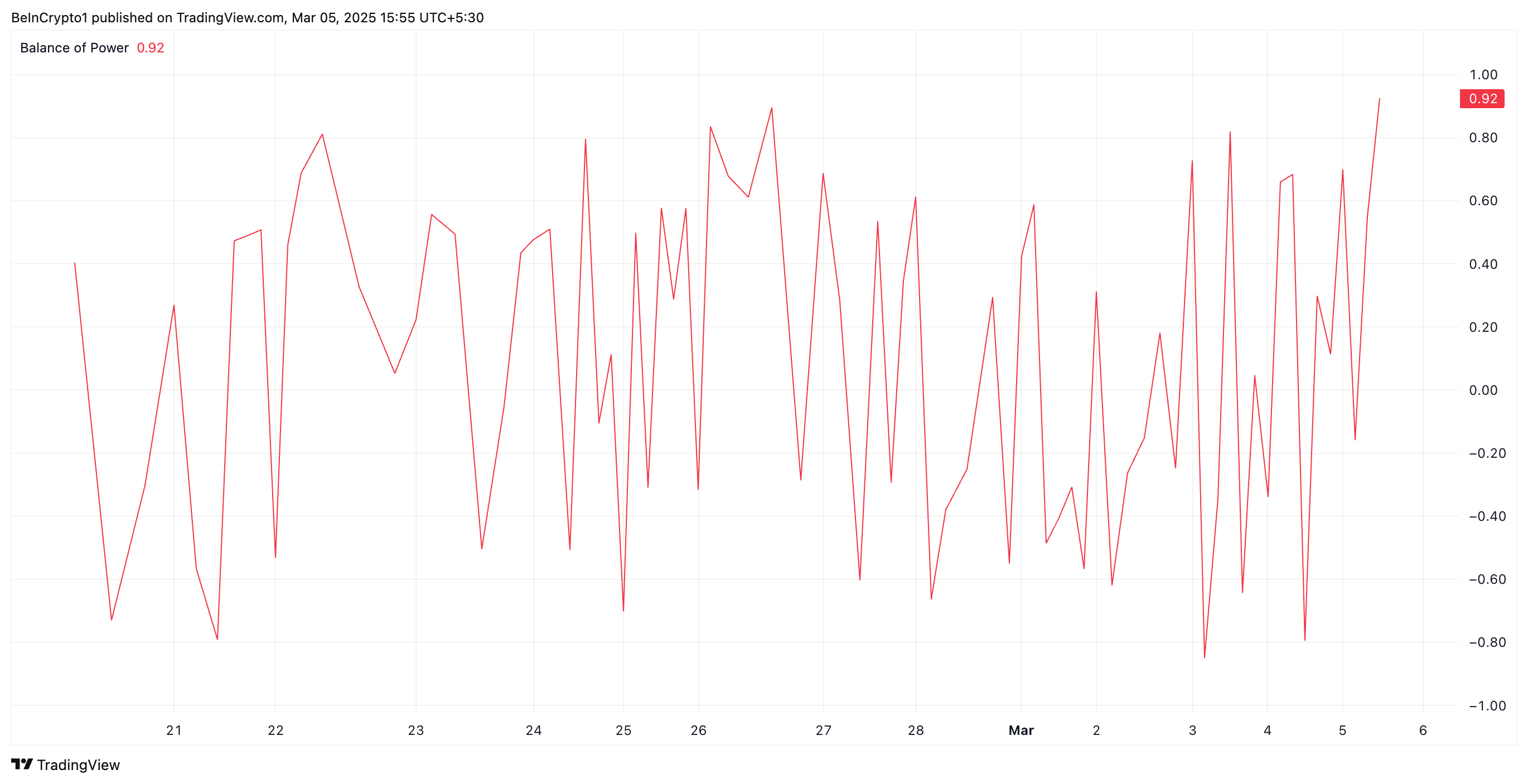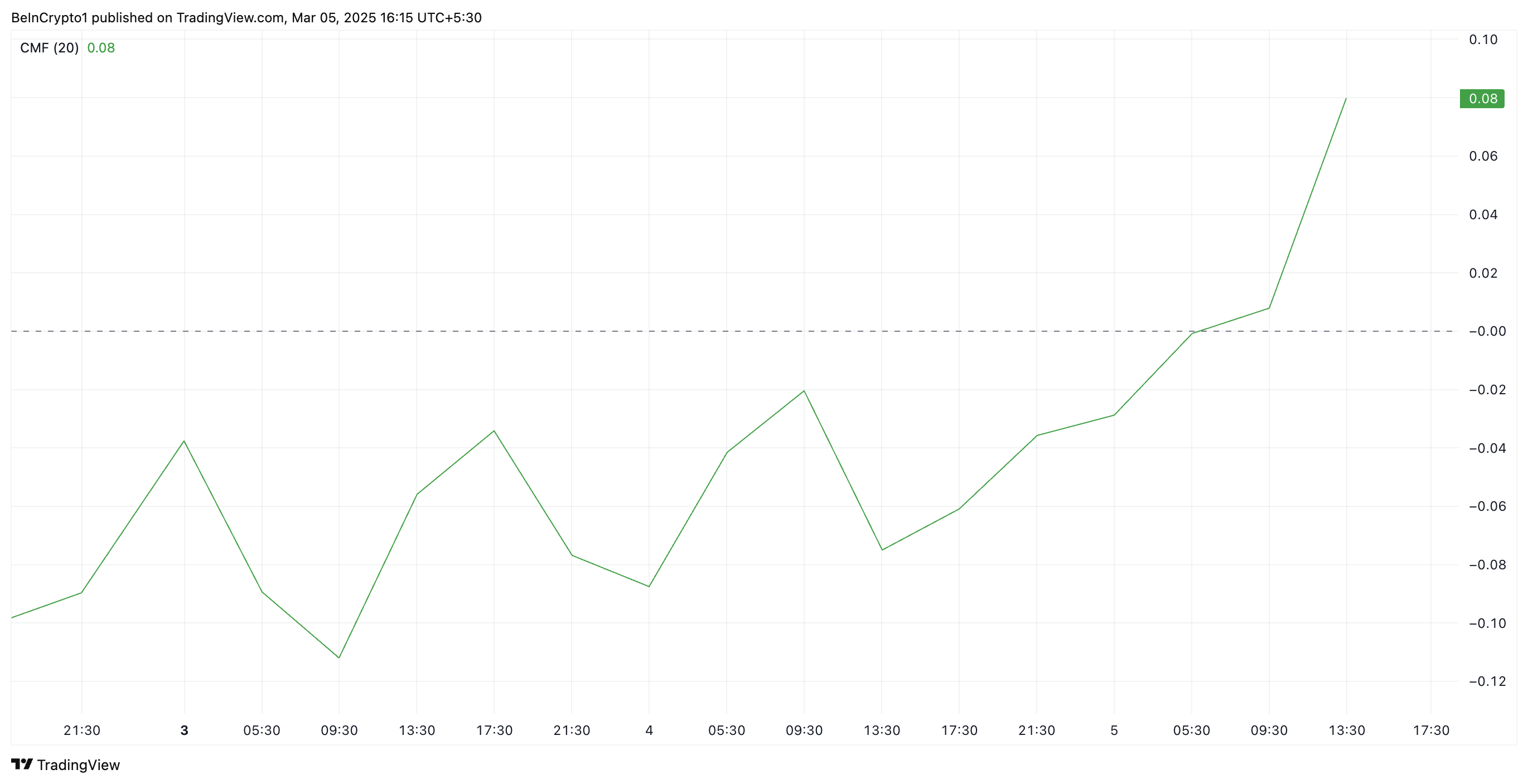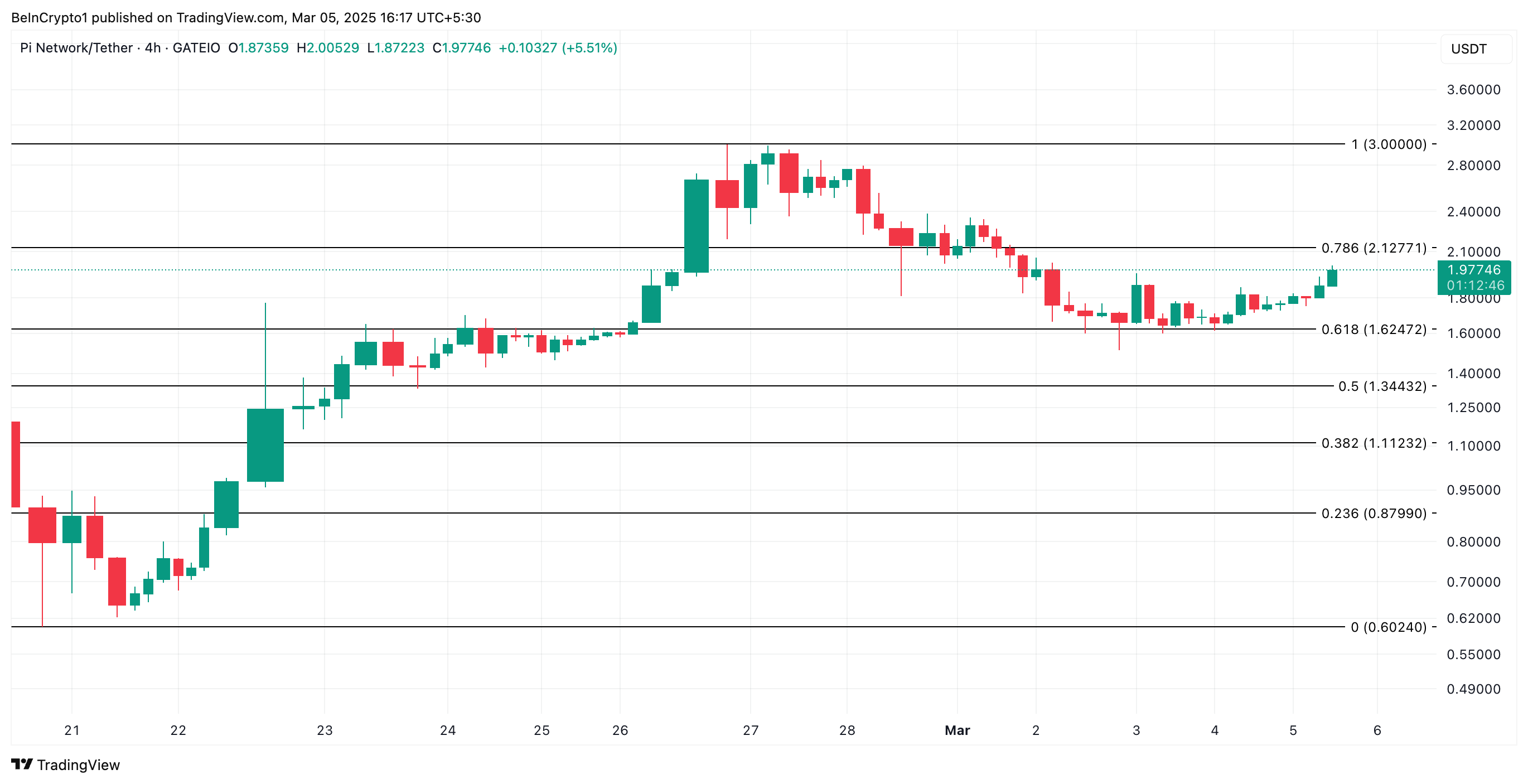Pump.fun’s PUMP token sale has become a reputational crisis for Bybit exchange and the Solana-based token launchpad.
While PUMP tokens sold out in a record 12 minutes, many users claim dissatisfaction, calling on the exchange to prove no crime was committed.
Bybit Under Fire Amid User Frustration
Despite being unavailable to users in the US and UK, the token sale attracted massive interest. Based on this, the PUMP token sale sold out in just 12 minutes. It raised $500 million and saw a 40% price surge in the following hours.
However, beneath the surface, frustration and accusations began to mount. Some users reported failed transactions, frozen funds, and what they claim was an unfair and opaque allocation process.
Bybit Exchange’s handling of the sale quickly came under fire following a wave of user complaints across X (formerly Twitter). In an official statement, Bybit said the sale was “oversubscribed due to an unexpected API delay.”
Resultantly, some users received allocations while others got refunds or were left with funds stuck in limbo.
“We sincerely apologize for any inconvenience caused and appreciate the patience and continued support of our community,” Bybit wrote.
Notwithstanding, the apology did not go far enough for many in the crypto community. Some users slammed Bybit for delayed communication. They compared Bybit’s responsiveness to how the exchange handled the landmark $1.5 billion hack in February.
Several users shared video evidence showing that they placed their orders within the first seconds of the sale going live, yet were still refunded. Meanwhile, others who seemingly ordered later received their tokens.
Against this backdrop, users demand a detailed, timestamped audit of transactions to prove fairness.
The harshest criticism came from crypto commentator Abhi (@0xAbhiP), who accused both Bybit and Pump.fun of potentially illegal conduct.
“Be Bybit & Pump.fun running $PUMP presale > users buy within seconds > sudden ‘API delay’ > refunds hit randomly > legit early orders ignored, funds stuck > zero transparency, chaotic comms > CT furious, trust gone permanently,” Abhi posted. “Shame on Pump and Bybit for rugging users,” the crypto founder remarked.
Some call it a “centralized rug,” with users withdrawing funds, deleting apps, and vowing never to use the platform again.
Was the Incident An Engineered Scarcity?
Some traders call a masterclass in engineered scarcity elsewhere, noting that Bybit and Pump.fun kept everyone in the dark.
“Fake scarcity achieved. Shortsqueeze.exe,” Mosi quipped.
According to Mosi, a popular user on X, Bybit, and Pump.fun did not disclose what percentage of the token supply would be allocated to each venue on-chain or centralized.
The user cites delta-neutral funds shorting around the $5 billion valuation mark to arbitrage the spot-perps price gap, expecting to buy spot tokens on Bybit to hedge.
However, when few allocations were filled on the exchange, these sophisticated players were forced to cover shorts into rising prices even for early participants. This caused demand to shift to perpetuals because the token was not immediately tradable.
On-chain buyers received smooth fills while exchange participants, including institutional traders, were sidelined.
The illusion of scarcity was maintained, and the price was squeezed upward, all while chaos unfolded on social media.
However, not everyone was against the platform. While critics slammed the PUMP token sale as extractive and unfair, others pushed back. Analyst and crypto influencer Ran Neuner argued that the project’s vision is being overlooked.
The influencer lauded Pump.fun for being one of the few successful crypto apps not raising funds to build another app chain.
Instead, it is using funds to build a meme-powered social network that directly competes with Meta and TikTok while letting users monetize memes from day one.
The incident reflects a growing tension between centralized exchanges (CEXs) and the fast-paced meme coin sector.
While CEXs provide structure and access, community expectations around transparency and fairness remain high, especially in the speculative meme coin space.
For Bybit, this episode suggests that even when a token sale is technically successful, perception is everything, and when retail trust is lost, no price pump can fix the damage.
The post Bybit Receives Backlash Over PUMP Token Sale Mismanagement appeared first on BeInCrypto.













 (@KakashiAirdrops)
(@KakashiAirdrops) 
 (@basedkarbon)
(@basedkarbon)